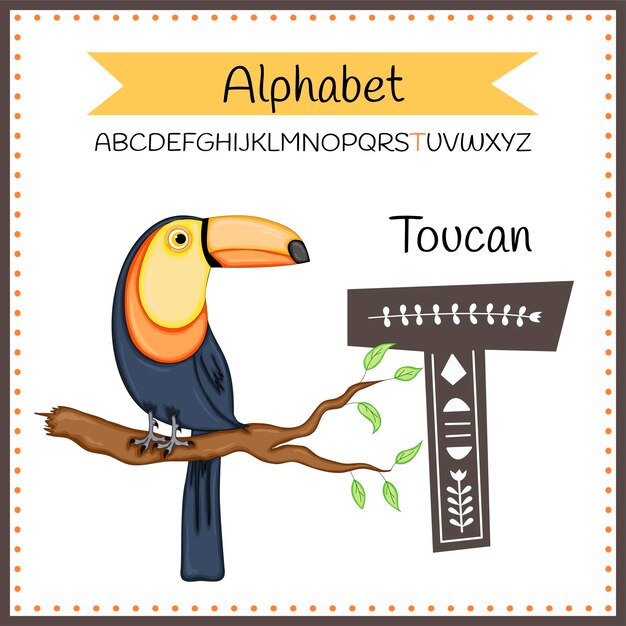

Toucans are known for their brightly colored beaks.
The largest species of toucan is the Toco Toucan.
Toucan beaks are made of keratin, the same substance in human hair and nails.
Toucans use their beaks to reach fruit in difficult-to-reach places.
The average lifespan of a toucan is around 20 years.
Toucans are native to the rainforests of Central and South America.
The beak of a toucan can make up to 1/3rd of its total length.
Toucans are omnivorous birds, feeding on fruits, nuts, insects, and small reptiles.
They are excellent seed dispersers due to their feeding habits.
Toucans have zygodactyl feet, with two toes facing forward and two toes facing backward.
The bright colors on toucans’ beaks serve as a visual signal during courtship displays.
Toucans are naturally curious and intelligent birds.
Some toucan species are capable of fending off predators by using their sharp beaks.
They are cavity nesters, often using abandoned tree holes as their nesting sites.
Toucans have a unique breeding behavior where both the male and female share incubation duties.
The largest toucan species can reach a body length of up to 2 feet (61 cm).
Toucans are diurnal birds, meaning they are active during the daytime.
Their beaks have a serrated edge, which helps them grip their food efficiently.
Toucans communicate through a series of croaks, rattles, and other vocalizations.
They are social birds and often found in small groups or pairs.
Toucans have a specialized tongue that helps them catch and manipulate food items.
They have a keen sense of hearing and are able to detect sounds from long distances.
Toucans are capable of flying for long distances, but they prefer to glide between trees.
The bright colors on toucans’ beaks can vary between species.
They have a high metabolic rate, allowing them to digest their food quickly.
Toucans have a lightweight skeleton, making them agile flyers.
Domestic cats and larger birds of prey are the main predators of toucans.
Toucan populations are declining due to deforestation and illegal trade.
They play an essential role in the ecosystem by dispersing seeds and pollinating flowers.
Toucans have a unique way of sleeping, tucking their beaks under their feathers to conserve heat.
Some toucan species are known for their ability to mimic sounds, including human speech.
They have specialized gut bacteria that help them digest their fruit-based diet.
Toucans have excellent eyesight, especially for locating fruits from a distance.
The vivid colors on toucans’ beaks are believed to have evolved for attracting mates.
They have strong bills that can crush hard-shelled fruits and nuts.
Toucans are non-migratory birds, staying in their home range throughout the year.
Some indigenous cultures consider toucans as symbols of good luck and prosperity.
Toucans have a unique flying style, often with rapid wing beats followed by gliding.
They are capable of reaching speeds of up to 20 miles per hour (32 km/h) during flight.
Toucans are highly adaptable birds, able to survive in a variety of habitat types.
The large beak of a toucan helps to regulate its body temperature by dissipating excess heat.
They have sharp claws that help them grip onto tree branches while feeding.
Toucans are among the loudest birds in the rainforest, their calls carrying long distances.
They often engage in playful behaviors, such as jumping between tree branches.
Toucans have a low body weight-to-wing area ratio, allowing them to be agile fliers.
Around the world, coffee enthusiasts enjoy Monin coffee concentrate since it is a multipurpose product. Conveniently combining…
The Importance of Choosing the Right Shower for Your Bathroom Renovating your bathroom can be…
Usain Bolt holds the record for the fastest 100-meter sprint in history.Bolt was named Sportsman…
Love is in the air... and it smells suspiciously like chocolate!Roses are red, violets are…
Life's a beach, take a picture and relax.Sun, sand, and salty kisses. That's what beach…
Hungary is home to the largest thermal water cave system in the world.The Rubik's Cube…